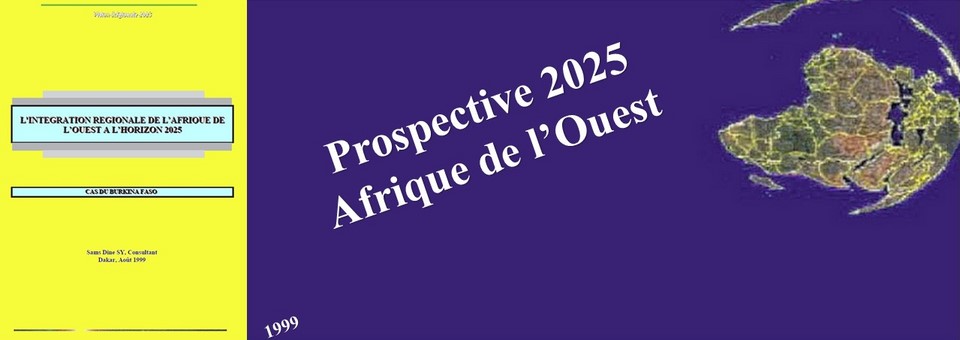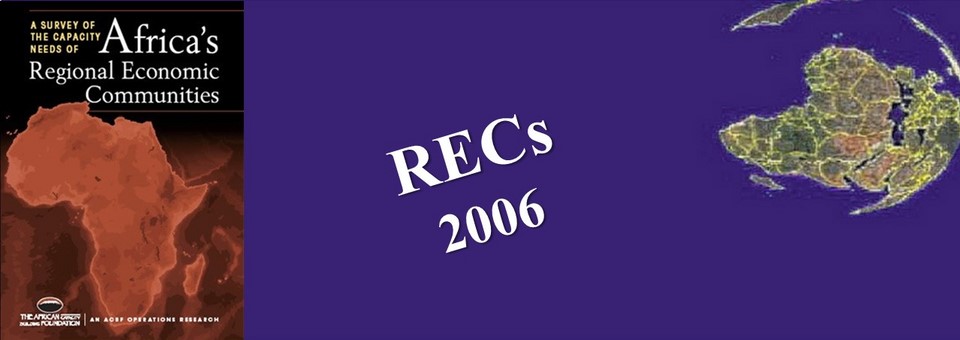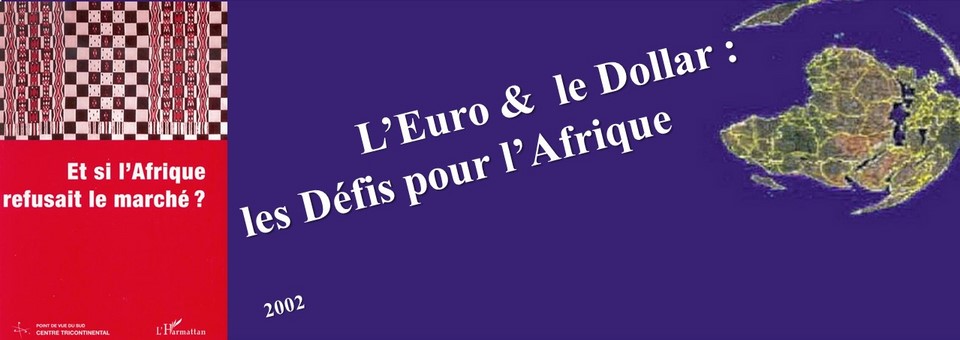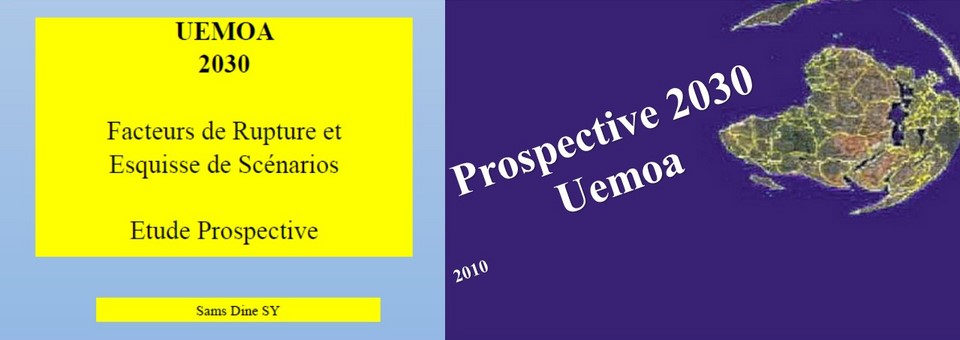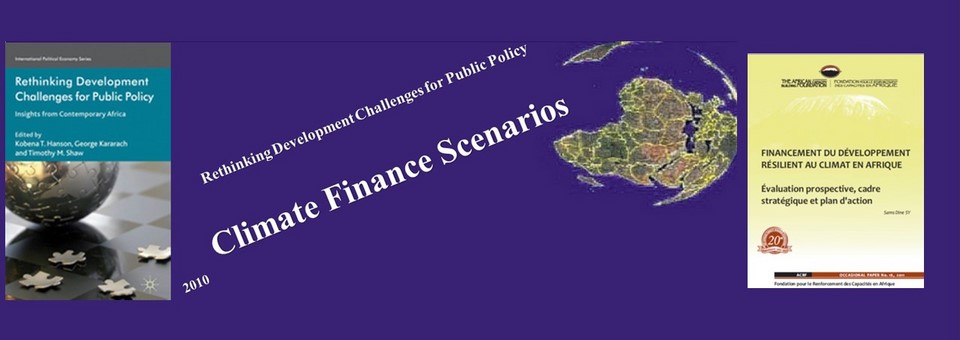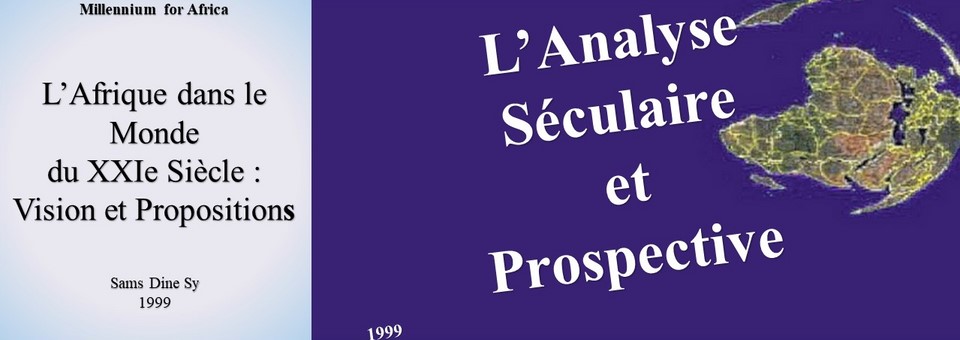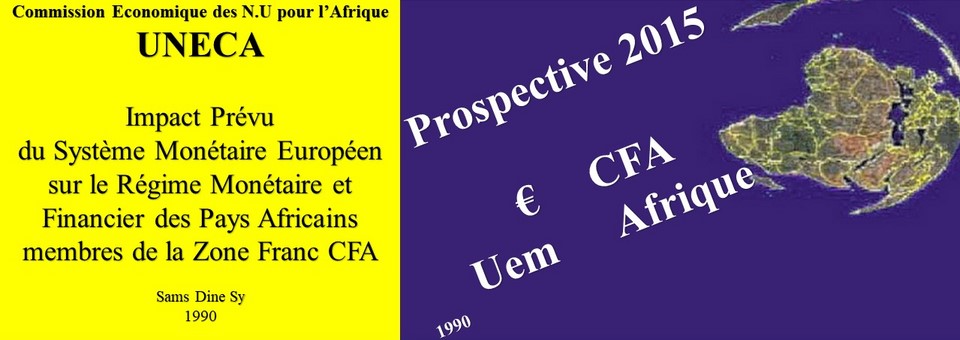COMMUNAUTES ECONOMIQUES REGIONALES CERs
UEMOA WAEMU
The creation of Regional Economic Communities is as a result of the changes in the regional blocs from 1975 that had been set up under the aegis of ECA. Prior to that time, the United Nations had divided Africa into regional entities for the purposes of collecting data and statistical information. These entities more or less match up with the major RECs as they exist today. This approach was sanctioned by the Lagos Plan of Action and by the Abuja Treaty which aimed to create the African Economic Community, in the long term, from the RECs. Other groups were established in parallel and thus ECOWAS coexisted with CEAO and UEMOA, creating double employment and impeding the implementing of an economic approach based on criteria for performance and capacity.
Moreover, UEMOA is not yet considered as a REC in its own right by the African Union and NEPAD. The Union appears as a grouping of countries that are also members of ECOWAS. This Community was in 2001 designated as a mainstay for implementing NEPAD. According to the AfDB Report « Revue de l’état d’exécution du PACT-Infrastructures, vol I, 2003 », the latter community was the only REC whose programmes were deemed to be in conformity with those of NEPAD and to which the Heads of State of the member countries had officially given the responsibility to ensure that the implementation of the NEPAD programme was coordinated and that liaison with member states regarding NEPAD issues was assured. The same report stated that the existence of groups like UEMOA constituted a « problem that tended to hamper the implementing of PACT ». Nevertheless, it is admitted that ECOWAS needs to harmonize its policies and activities with those of UEMOA and better coordinate the two programmes. This constitutes an acknowledgement of the fact that UEMOA exists. ECOWAS’ PACT-Infrastructure prevents it from considering UEMOA’s REP as one of its priorities.
Over the past forty years, sub-Saharan Africa has registered a negative growth rate and most African countries remain in the category of highly indebted poor countries. The RECs that were supposed to « heal Africa’s wounds » have become such burdens for the countries that they feel prompted to abandon the voluntarist and managed approach to panafrican integration in favour of a more pragmatic approach based upon economic principles. The fact that the UEMOA zone has seen growth taking place over a long period as has never been witnessed in Africa (1994-2001) has contributed to this.
UEMOA was only formally and directly involved in the preparatory work for the /establishment of NEPAD after it had been widely admitted that regional integration and the RECs charged with implementing it had failed. Renewed interest in UEMOA’s experience led to the authorities responsible for implementing NEPAD including the Union in the list of institutions targeted by the capacity building needs survey. This survey was carried out following the meeting in Abuja from 7 – 8 March which was to discuss accelerating implementation of PACT-Infrastructures through critically examining the capacities of the major communities, economic groups and other NEPAD implementing agencies.
The problem of obstacles to the effective implementing of PACT is particularly acute in West Africa. Hence it is necessary to establish, once and for all, principles and criteria for selecting priorities that result in improving the performance of RECs and improving its capacity to reach quantified objectives in terms of economic efficiency, stability in the rules of play, international visibility, viability in the long term and equity.
The criteria that are advocated by NEPAD and that were established by the AfDB report on PACT show a static approach by project and the allocation of a limited amount, known in advance, to financial grants. This approach reaches its limit very quickly from a systematic perspective, though it is an approach used by NEPAD. Moreover, it places emphasis on the process rather than on the results, on the respect of bureaucratic decisions taken within the OAU rather than on economic achievements. Further, the role of the REC in achieving regional integration objectives is measured by its capacity to implement it the economic programmes. An African REC is only worth the value of its measurable results in reducing transaction costs, inequalities, poverty, regional disparities, geographical distance and financial dependence of its member countries vis-à-vis external public aid.
Moreover, UEMOA is not yet considered as a REC in its own right by the African Union and NEPAD. The Union appears as a grouping of countries that are also members of ECOWAS. This Community was in 2001 designated as a mainstay for implementing NEPAD. According to the AfDB Report « Revue de l’état d’exécution du PACT-Infrastructures, vol I, 2003 », the latter community was the only REC whose programmes were deemed to be in conformity with those of NEPAD and to which the Heads of State of the member countries had officially given the responsibility to ensure that the implementation of the NEPAD programme was coordinated and that liaison with member states regarding NEPAD issues was assured. The same report stated that the existence of groups like UEMOA constituted a « problem that tended to hamper the implementing of PACT ». Nevertheless, it is admitted that ECOWAS needs to harmonize its policies and activities with those of UEMOA and better coordinate the two programmes. This constitutes an acknowledgement of the fact that UEMOA exists. ECOWAS’ PACT-Infrastructure prevents it from considering UEMOA’s REP as one of its priorities.
Over the past forty years, sub-Saharan Africa has registered a negative growth rate and most African countries remain in the category of highly indebted poor countries. The RECs that were supposed to « heal Africa’s wounds » have become such burdens for the countries that they feel prompted to abandon the voluntarist and managed approach to panafrican integration in favour of a more pragmatic approach based upon economic principles. The fact that the UEMOA zone has seen growth taking place over a long period as has never been witnessed in Africa (1994-2001) has contributed to this.
UEMOA was only formally and directly involved in the preparatory work for the /establishment of NEPAD after it had been widely admitted that regional integration and the RECs charged with implementing it had failed. Renewed interest in UEMOA’s experience led to the authorities responsible for implementing NEPAD including the Union in the list of institutions targeted by the capacity building needs survey. This survey was carried out following the meeting in Abuja from 7 – 8 March which was to discuss accelerating implementation of PACT-Infrastructures through critically examining the capacities of the major communities, economic groups and other NEPAD implementing agencies.
The problem of obstacles to the effective implementing of PACT is particularly acute in West Africa. Hence it is necessary to establish, once and for all, principles and criteria for selecting priorities that result in improving the performance of RECs and improving its capacity to reach quantified objectives in terms of economic efficiency, stability in the rules of play, international visibility, viability in the long term and equity.
The criteria that are advocated by NEPAD and that were established by the AfDB report on PACT show a static approach by project and the allocation of a limited amount, known in advance, to financial grants. This approach reaches its limit very quickly from a systematic perspective, though it is an approach used by NEPAD. Moreover, it places emphasis on the process rather than on the results, on the respect of bureaucratic decisions taken within the OAU rather than on economic achievements. Further, the role of the REC in achieving regional integration objectives is measured by its capacity to implement it the economic programmes. An African REC is only worth the value of its measurable results in reducing transaction costs, inequalities, poverty, regional disparities, geographical distance and financial dependence of its member countries vis-à-vis external public aid.

